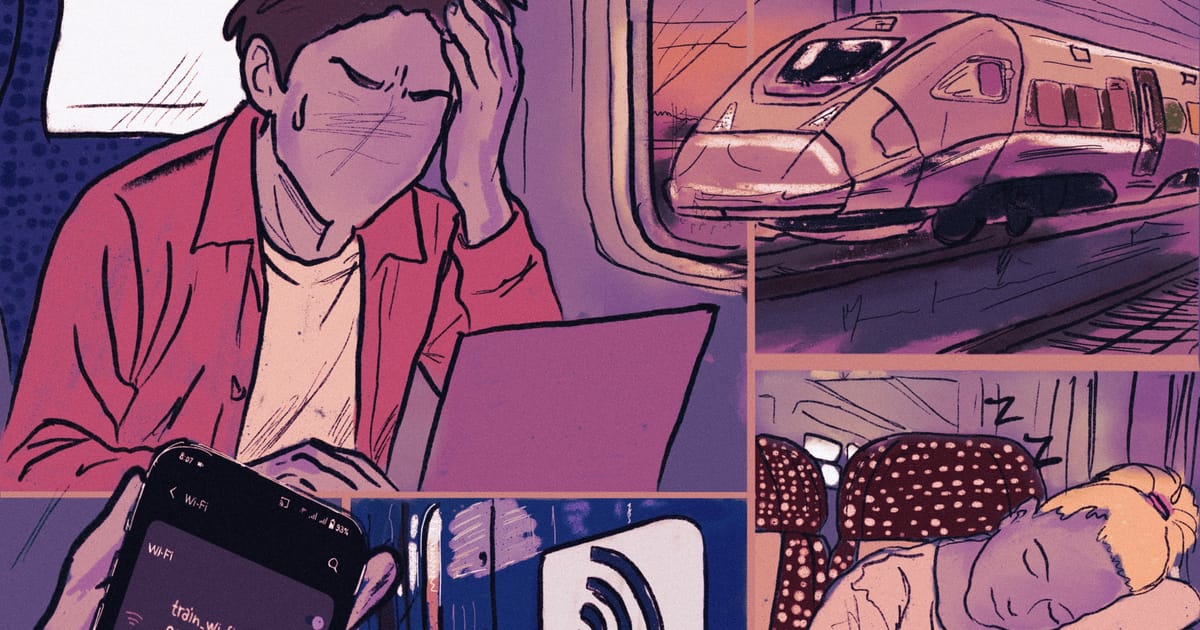Last year, Belgian rail firm SNCB gave up on setting up Wi-Fi on its trains because of the “high implementation costs and coverage by telecom operators,” spokesperson Tom Guillaume said.
Instead, SNCB decided to pass the buck to telecom companies while it invested in “de-coating” glazing that is more conducive to mobile signals. “Telecom operators, therefore, need to improve signal quality and coverage in the vicinity of railway infrastructure,” Guillaume said.
The physics of radio frequencies are also well established: The band commonly earmarked for 5G in Europe isn’t great at cutting through trees and leaves, which often line train tracks. It makes it more challenging to reach cabins or phone users directly, in contrast with 4G, where the lower-band frequencies typically used can’t carry as much data, but travel further and handle obstacles better.
“We see in our data every summer a significant degradation in mobile network performance in areas of heavy foliage,” Kehoe added.
Add in the thousands of tunnels in the continent’s network, and it’s clear European trains have a tough job delivering solid Wi-Fi — though some countries manage to handle it better than others.
Switzerland leads the way by far, with onboard Wi-Fi speeds nearly 30 times faster than in Austria and the Netherlands. It was the only country in Ookla’s sample to break the 25 megabits per second median download speed mark — the minimum baseline for reliable internet use.

